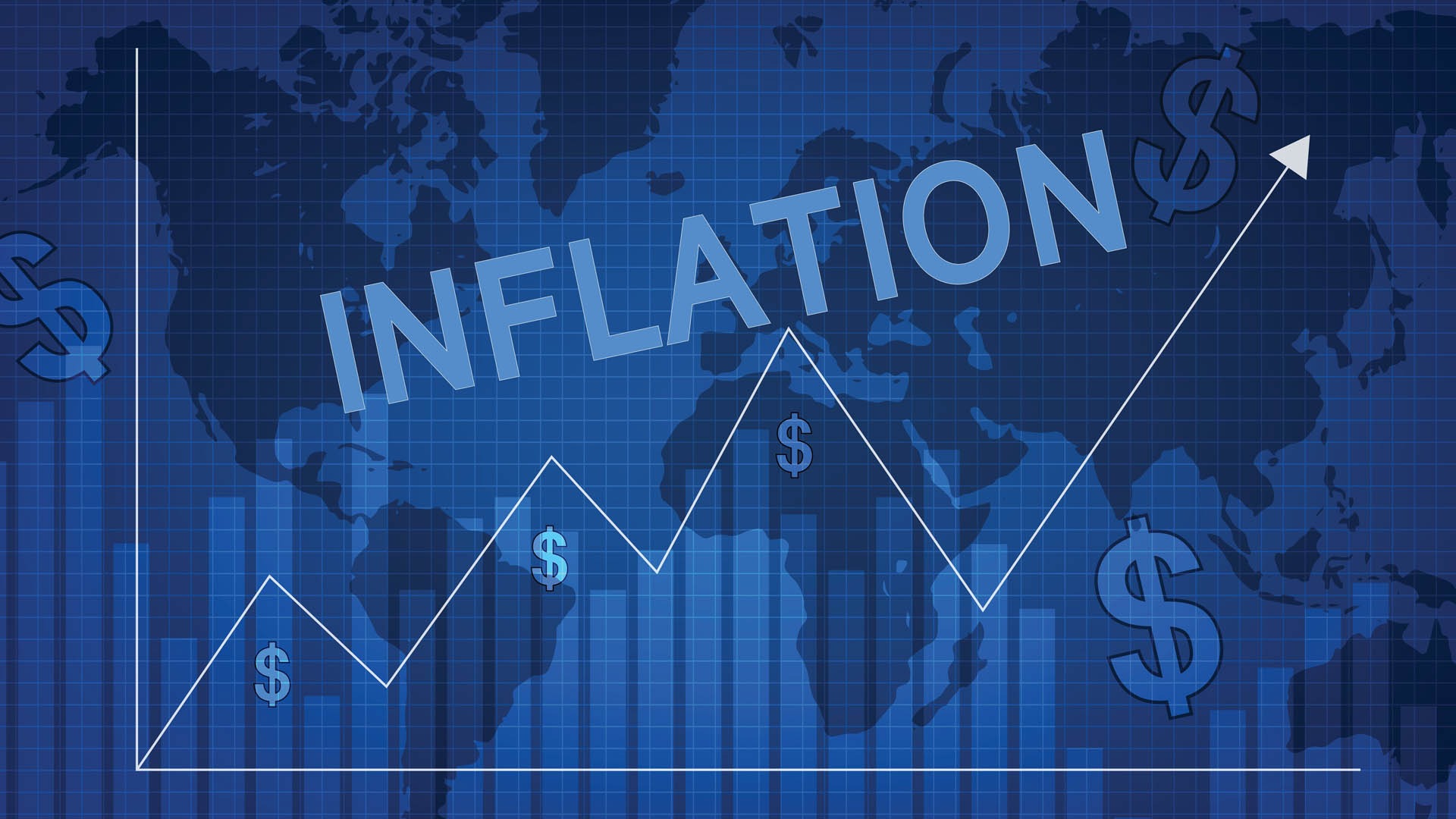- Introduction
- Understanding Inflation
- Definition of Inflation
- Types of Inflation
- Causes of Inflation
- Measuring Inflation
- Consumer Price Index (CPI)
- Producer Price Index (PPI)
- Personal Consumption Expenditures (PCE)
- Factors Influencing Inflation Rates
- Demand-Pull Inflation
- Cost-Push Inflation
- Monetary Policy and Inflation
- Supply Chain Disruptions
- Effects of Inflation on the Economy
- Impact on Consumers
- Impact on Businesses
- Impact on Investments
- Historical Trends in Inflation Rates
- Hyperinflation Cases
- Deflationary Periods
- Moderate Inflation in Stable Economies
- Global Inflation Trends in Recent Years
- Post-Pandemic Inflation Surge
- Regional Variations in Inflation
- Government and Central Bank Responses to Inflation
- Interest Rate Adjustments
- Fiscal Policies to Control Inflation
- Quantitative Tightening
- Strategies for Individuals and Businesses to Combat Inflation
- Personal Finance Adjustments
- Business Cost Management
- Investment Hedges Against Inflation
- Future Outlook on Inflation Rates
- Predictions from Economists
- Potential Risks and Opportunities
- Conclusion
Inflation is one of the most critical economic indicators, affecting everything from consumer purchasing power to national monetary policies. Rising or falling inflation rates can signal economic health or distress, influencing government decisions, business strategies, and individual financial planning.
In recent years, global inflation rates have fluctuated dramatically due to factors such as the COVID-19 pandemic, geopolitical tensions, and supply chain disruptions. Understanding inflation—its causes, measurement, and effects—is essential for making informed financial decisions.
This comprehensive guide explores inflation rates in depth, analyzing historical trends, current global scenarios, and future projections.
Inflation refers to the sustained increase in the general price level of goods and services in an economy over time. It results in a decline in the purchasing power of money, meaning consumers need more currency to buy the same items.
- Creeping Inflation (1-3% annually): Mild inflation that encourages spending and investment.
- Walking Inflation (3-10% annually): Moderate inflation that may require policy intervention.
- Galloping Inflation (10%+ annually): Rapid price increases that destabilize economies.
- Hyperinflation (50%+ monthly): Extreme inflation leading to currency collapse (e.g., Zimbabwe, Venezuela).
- Demand-Pull Inflation: Occurs when consumer demand outpaces supply.
- Cost-Push Inflation: Arises from increased production costs (e.g., higher wages, raw material prices).
- Built-In Inflation: Results from wage-price spirals where workers demand higher pay, leading to higher prices.
Governments and economists use several indices to track inflation:
- Measures changes in the price of a basket of consumer goods and services.
- Used to adjust wages, pensions, and tax brackets.
- Tracks price changes at the wholesale level before they reach consumers.
- Helps predict future CPI trends.
- Preferred by the U.S. Federal Reserve for broader inflation assessment.
- Includes a wider range of expenditures than CPI.
- Occurs when economic growth boosts consumer spending beyond supply capacity.
- Example: Post-pandemic stimulus checks increased demand, leading to inflation.
- Triggered by rising production costs (e.g., oil price shocks, supply chain issues).
- Example: The 2022 Russia-Ukraine war disrupted energy supplies, increasing global prices.
- Central banks (like the Federal Reserve) adjust interest rates to control inflation.
- Lower rates encourage borrowing and spending, increasing inflation.
- Higher rates reduce spending, curbing inflation.
- Events like COVID-19 lockdowns caused shortages, driving up prices.
- Semiconductor shortages in 2021-2022 increased electronics and car prices.
- Reduced purchasing power erodes savings.
- Fixed-income earners (retirees) suffer as their money buys less.
- Rising costs squeeze profit margins.
- Companies may raise prices, risking lower sales.
- Stocks may outperform inflation over time.
- Bonds lose value as inflation rises.
- Real estate and commodities (gold) often act as inflation hedges.
- Germany (1923): Prices doubled every few days due to war reparations.
- Zimbabwe (2008): Inflation peaked at 89.7 sextillion percent annually.
- Great Depression (1930s): Falling demand led to price drops and economic collapse.
- Japan (1990s-2000s): Persistent deflation stalled growth for decades.
- The U.S. and EU typically target 2% inflation for steady growth.
- Stimulus packages boosted demand while supply chains lagged.
- U.S. inflation hit 9.1% in June 2022, the highest in 40 years.
- Europe: Energy crises due to Russia-Ukraine war drove inflation.
- Latin America: Countries like Argentina and Venezuela faced hyperinflation.
- Asia: China and Japan maintained relatively low inflation.
- The Federal Reserve raised rates from near-zero in 2022 to over 5% in 2023.
- Governments reduced stimulus spending to cool demand.
- Central banks sold assets to reduce money supply.
- Invest in inflation-protected securities (TIPS).
- Diversify into stocks, real estate, and commodities.
- Optimize supply chains to reduce costs.
- Implement dynamic pricing strategies.
- Economists predict gradual stabilization as supply chains recover.
- Risks include geopolitical conflicts and climate-related disruptions.
